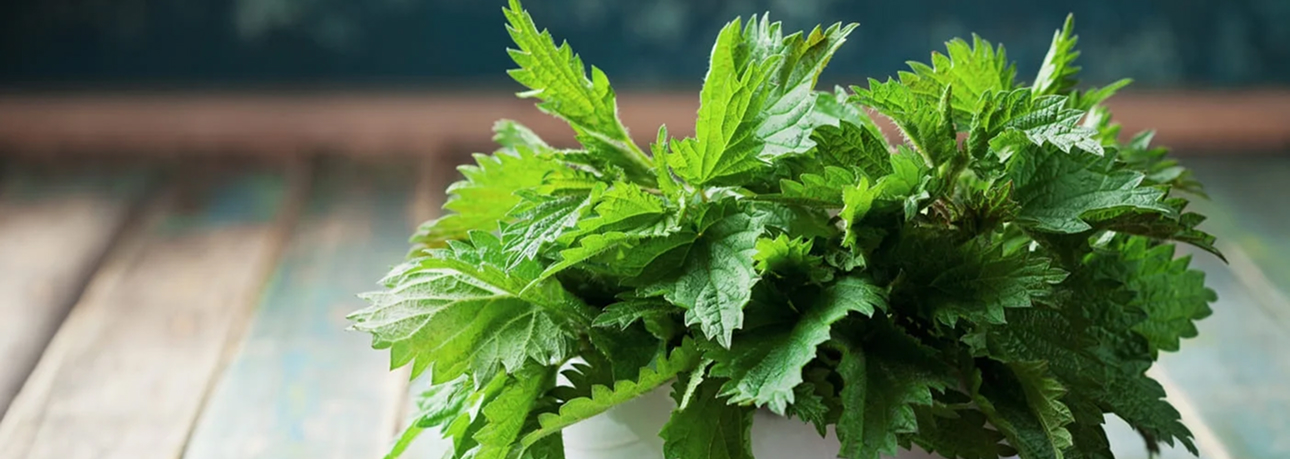Stinging Insect Control & Removal Service
Wasp & Bee Control Services in Orange County, CA
Wasps and bees play crucial roles in the environment, but when they nest too close to homes or businesses, they can become a significant nuisance and safety concern. In Orange County, these stinging pests are commonly encountered, and understanding their behavior and effective control methods can help homeowners and business owners stay safe.

Common Stinging Pests in Orange County
Paper Wasps (Polistes spp.)
Identification
Paper wasps are slender with long legs, typically brown or reddish with yellow markings. They measure about ¾ to 1 inch in length and build umbrella-shaped nests from a papery material under eaves, in trees, or on structures.
Behavior
These wasps are semi-aggressive and will defend their nests if threatened. However, they also help control pest populations by preying on insects like caterpillars.
Common Stinging Pests in Orange County
Paper Wasps (Polistes spp.)
Identification
Paper wasps are slender with long legs, typically brown or reddish with yellow markings. They measure about ¾ to 1 inch in length and build umbrella-shaped nests from a papery material under eaves, in trees, or on structures.
Behavior
These wasps are semi-aggressive and will defend their nests if threatened. However, they also help control pest populations by preying on insects like caterpillars.
Yellowjackets (Vespula spp.)
Identification
Yellowjackets are small, stocky wasps with bright yellow and black markings. They measure about ½ inch in length and are often mistaken for bees. Unlike bees, they have a smooth stinger, allowing them to sting multiple times.
Behavior
Yellowjackets are highly aggressive, especially in late summer and fall when their colonies reach peak populations. They scavenge for sugary foods and proteins, making outdoor gatherings a prime target.
Honey Bees (Apis mellifera)
Identification
Honey bees are golden-brown with black bands, measuring about ½ inch in length. Unlike wasps, they have fuzzy bodies covered in fine hairs, aiding in pollen collection.
Behavior
Honey bees are generally non-aggressive unless their hive is threatened. They play a vital role in pollination but will sting if provoked. Once a honey bee stings, it dies, unlike wasps which can sting multiple times.
Life Cycle
Both wasps and bees go through a four-stage life cycle:
1. Egg
Laid by the queen in a cell within the nest or hive.
2. Larva
Hatches into a grub-like form, fed by worker insects.
3. pupa
Undergoes metamorphosis inside a protective casing.
4. adult
Emerges as a fully developed wasp or bee, ready to forage and defend the colony.
diet
Wasps
feed on insects, carrion, sugary foods, and nectar.
Bees
Primarily consume nectar and pollen, converting nectar into honey to sustain their colonies.
Habitat
Wasps
Prefer sheltered areas, such as eaves, trees, and underground burrows (in the case of yellowjackets).
Bees
Establish hives in tree hollows, wall voids, and man-made structures like bee boxes.
At Wipe Out Pest Control, we serve homeowners and businesses across Orange County, including Placentia, Huntington Beach, Anaheim, Yorba Linda, and Fullerton. Our licensed technicians understand how stinging pests like wasps and yellowjackets behave in Southern California’s climate. Whether you’re dealing with a nest under your eaves or bees in a wall void, we provide safe, fast, and targeted removal services that protect your family, pets, and property.
Key Takeaways and Control Methods
Stinging pests can be dangerous, particularly for individuals with allergies. Here are effective strategies for managing wasp and bee populations:
Avoid Attractants
Keep food, sugary drinks, and pet food covered when outdoors.
Seal Entry Points
Caulk cracks and gaps in walls or eaves to prevent nesting.
Regular Inspections
Check for nests around your home, in sheds, and in trees.
Use Traps and Deterrents
Wasp traps and natural deterrents, such as peppermint oil, can help reduce populations.
Professional Treatment
For aggressive infestations or large colonies, professional pest control services can safely remove them.
If wasps or bees are causing problems around your home or business, our experienced pest control team is ready to help. Contact us today for an inspection and tailored treatment solutions to keep your property safe!
FAQS
Do you provide wasp nest removal in Orange County homes?
Yes! We safely remove nests from eaves, attics, trees, and structures across Orange County.
Is bee removal safe for the environment?
Absolutely. We use eco-friendly and humane methods, especially for honey bees.
What areas in Orange County do you service?
We cover Anaheim, Placentia, Yorba Linda, Fullerton, Huntington Beach, and surrounding areas.
Are your stinging pest treatments safe for kids and pets?
Yes, our treatments are family- and pet-safe, and applied with care.
How quickly can you come out for a wasp or bee problem?
We offer same-day or next-day inspections in most areas.

